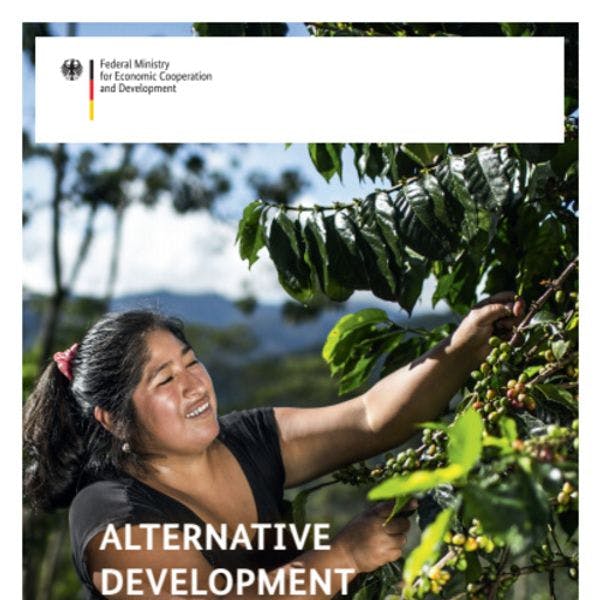The Federal Ministry for Economic Cooperation and Development
Alternative development: Sustainable change through development-oriented drug policy
By The Federal Ministry for Economic Cooperation and Development
The illegal cultivation of the drug crops coca and opium poppy has increased sharply over the past ten years. In 2019, coca cultivation reached an all-time high of 244,200 hectares. Furthermore, the production of the coca and opium-poppy based drugs cocaine and heroin is continuously at a high level. It is estimated that 1,723 tonnes of cocaine were produced across the globe in 2018, and 472–722 tonnes of heroin in 2019. In the European Union (EU) and also in Germany, more cocaine was seized than ever before. In 2018, an estimated 269 million people consumed illegal drugs, of whom 30 million people used opiates and 19 million cocaine.
The main cultivation areas of opium poppy are mainly located in remote rural areas of Afghanistan, Myanmar, Mexico and Laos. There are also smaller areas in Colombia and Guatemala. Coca cultivation is concentrated in the Andean countries of Bolivia, Colombia and Peru.
Illicit drug crop cultivation, drug trade and consumption are global phenomena. However, the harmful consequences of the drug economy hit the countries of the Global South particularly hard and have a deep impact on the social structures. According to data from 2017-2018, between 605,000 and 970,000 households worldwide illegally cultivate coca bush and opium poppy. In some regions of West Africa, South-East Asia and Latin America, entire political systems are influenced by drug cartels and thus limited in its ability to act.
